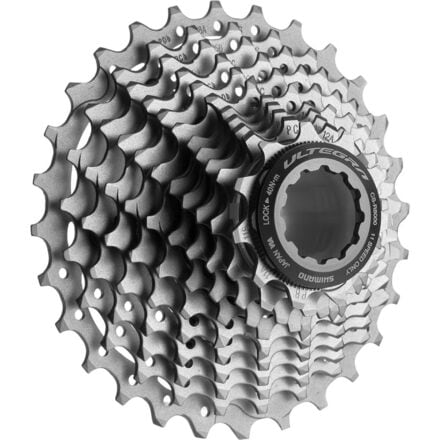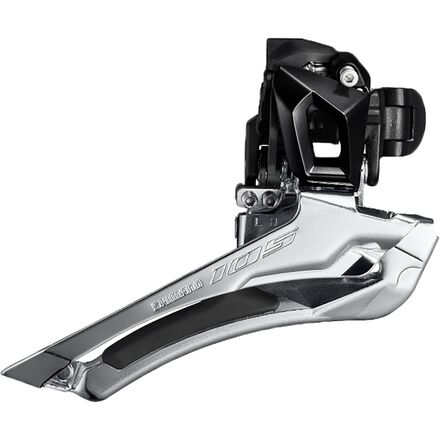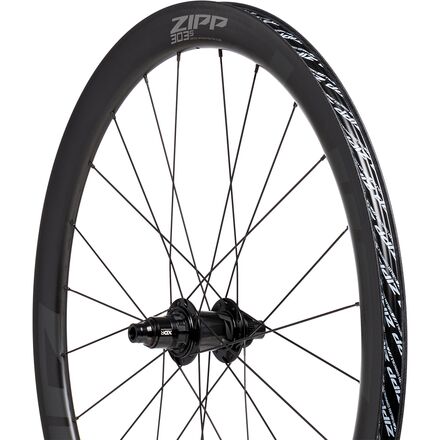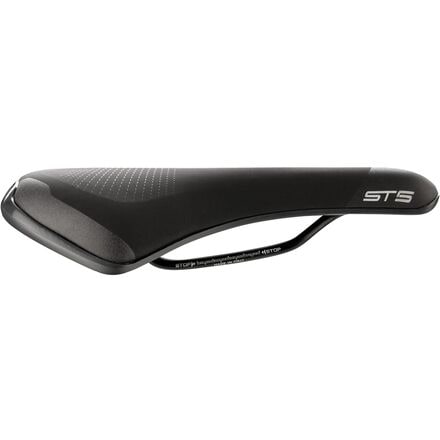Force XG-1270 12-Speed Cassette
Style & Size:
Quantity
Why We Like The Force XG-1270 12-Speed Cassette
The Force XG-1270 12-Speed Cassette offers newer and wider gearing ranges for the progressive gravel, road, and cyclocross rider. It's optimized for electronic shifting and features SRAM's X-Range gearing technology for effortless shifting. A mini cluster construction improves durability while reducing weight in turn, and the Force XG-1270 12-Speed Cassette features at least five one-tooth jumps for smooth gear progression.
Details
- SRAM's Force-level 12-speed road cassette
- 10-tooth starting cog helps offer a wider gearing range
- Engineered to work with an XDR driver body
- Mini cluster construction increases durability and reduces weight
- A gradual gear progression between cogs makes for efficient pedaling
- Item #SRMD13Q
- Cog Sizes
- 10-28t, 10-30T, 10-33t, 10-36t
- Cog Material
- steel
- Freehub Type
- XDR
- Includes
- 1 lockring
- Claimed Weight
- [10-36T] 10.9oz (309g)
- Manufacturer Warranty
- 2 years
- Activity
- road cycling
Reviews
Q&A
What do you think about this product?
Overall Rating
5 based on 1 ratings
Review Summary
Fits True To Size
Screen reader users: the following list provides a visual scale to illustrate the product fit. Please refer to the heading above for the fit type in text.View
Selecting an option will reload the available reviews on the pageAugust 3, 2024
Works fine
- Familiarity:
- I've used it several times
This will be the fourth or fifth SRAM Force cassette I’ve used. They work great and have no issues!

Originally reviewed on Competitivecyclist.com
Do you have a question about this product?
Related Searches
sram force xg 1270 12 speed cassette reviewbest 12 speed road cassette for gravel bikingsram force xg 1270 compatibility with electronic shifting12 speed cassette for road cycling performancelightweight 12 speed cassette for competitive cyclistsdurable sram force xg 1270 cassette for cyclocrosshow to choose a 12 speed cassette for gravelsram xg 1270 cassette gear progression explainedbenefits of mini cluster construction in cassettessram force xg 1270 vs other 12 speed cassettes10 to 36 tooth cassette for versatile cyclingsram force xg 1270 cassette specifications and featuresLearn more about Force XG-1270 12-Speed Cassette








